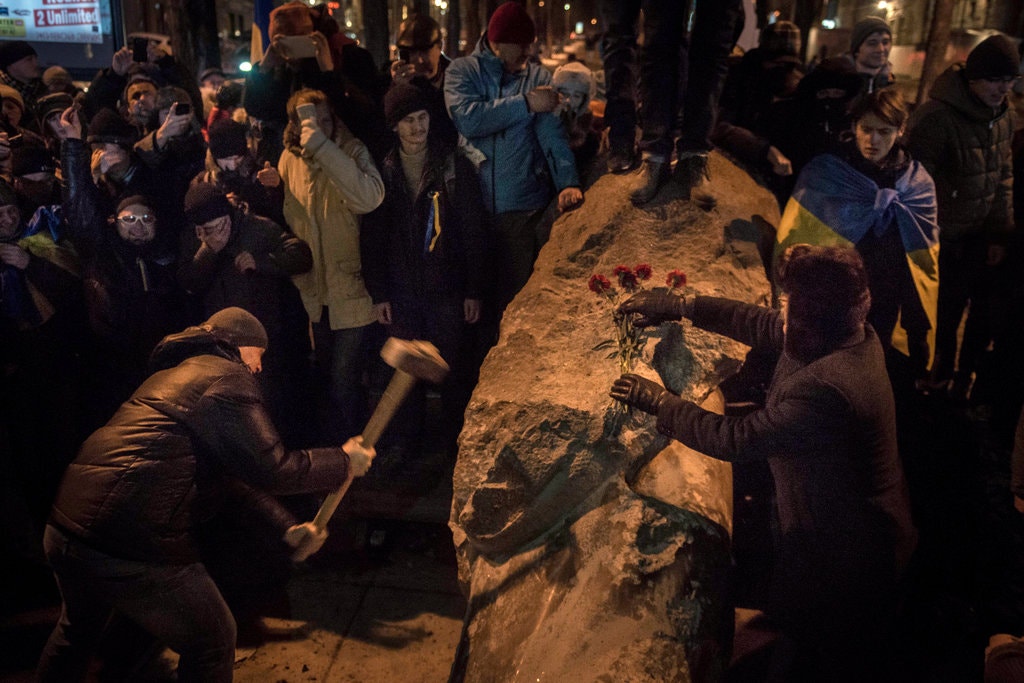
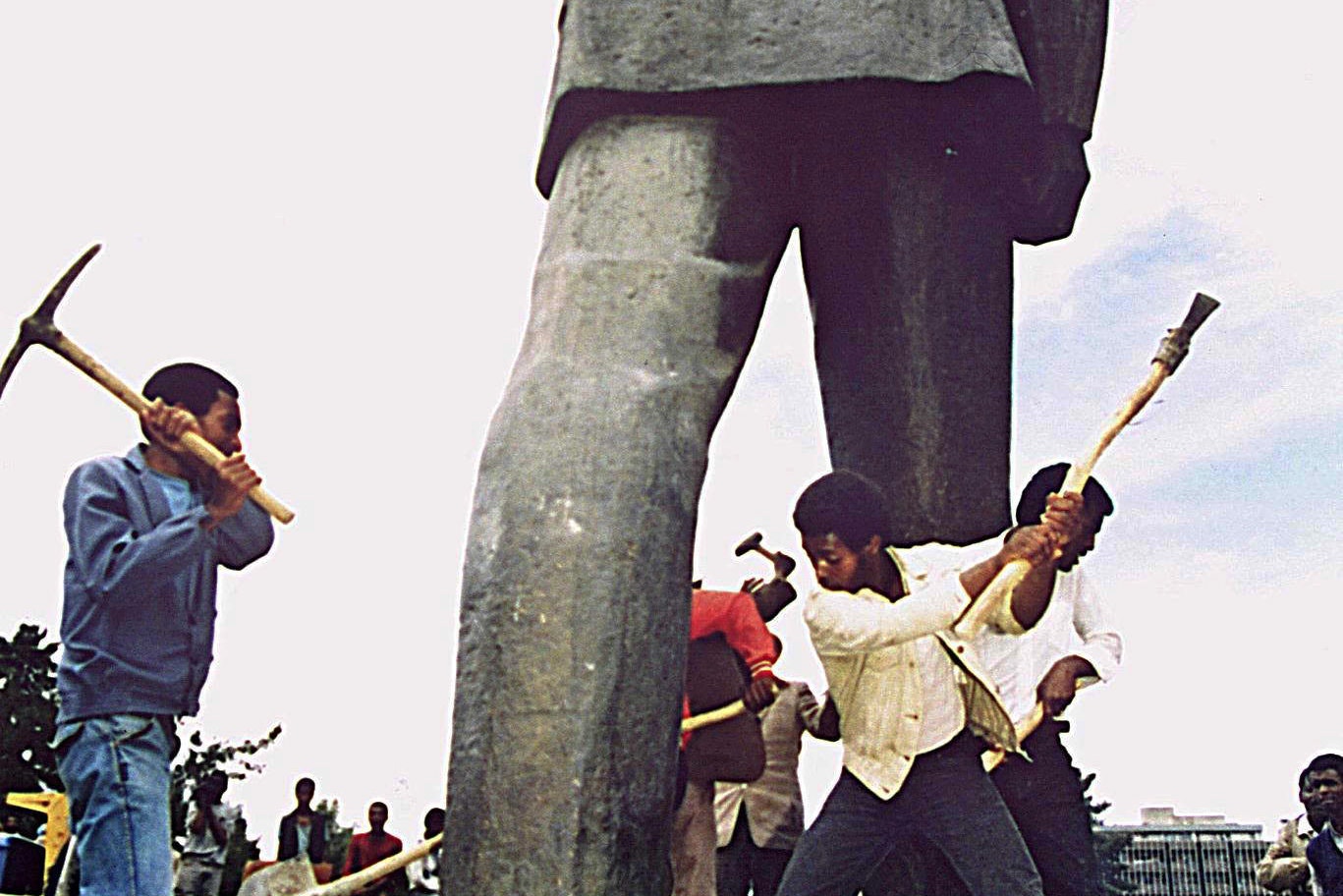
We can think of each Revolution not as historical action but rather as a historiographical characterisation of a series of events. Once defined as revolutionary, moments become myths and consequently they will be perceived in a certain political, cultural and historical manner. As such, a revolution births children and fantasies and the perception of peoples pasts and futures.
This is not an archive of the history of revolutions but rather a series of signifiers that compose our contemporary perception of the term and the connotations intertwinned with the notion. It is a glimpse into the research process of the Revolting Bodies project and will be updated regularly throughout the #OccupyAtopos2021 residency.


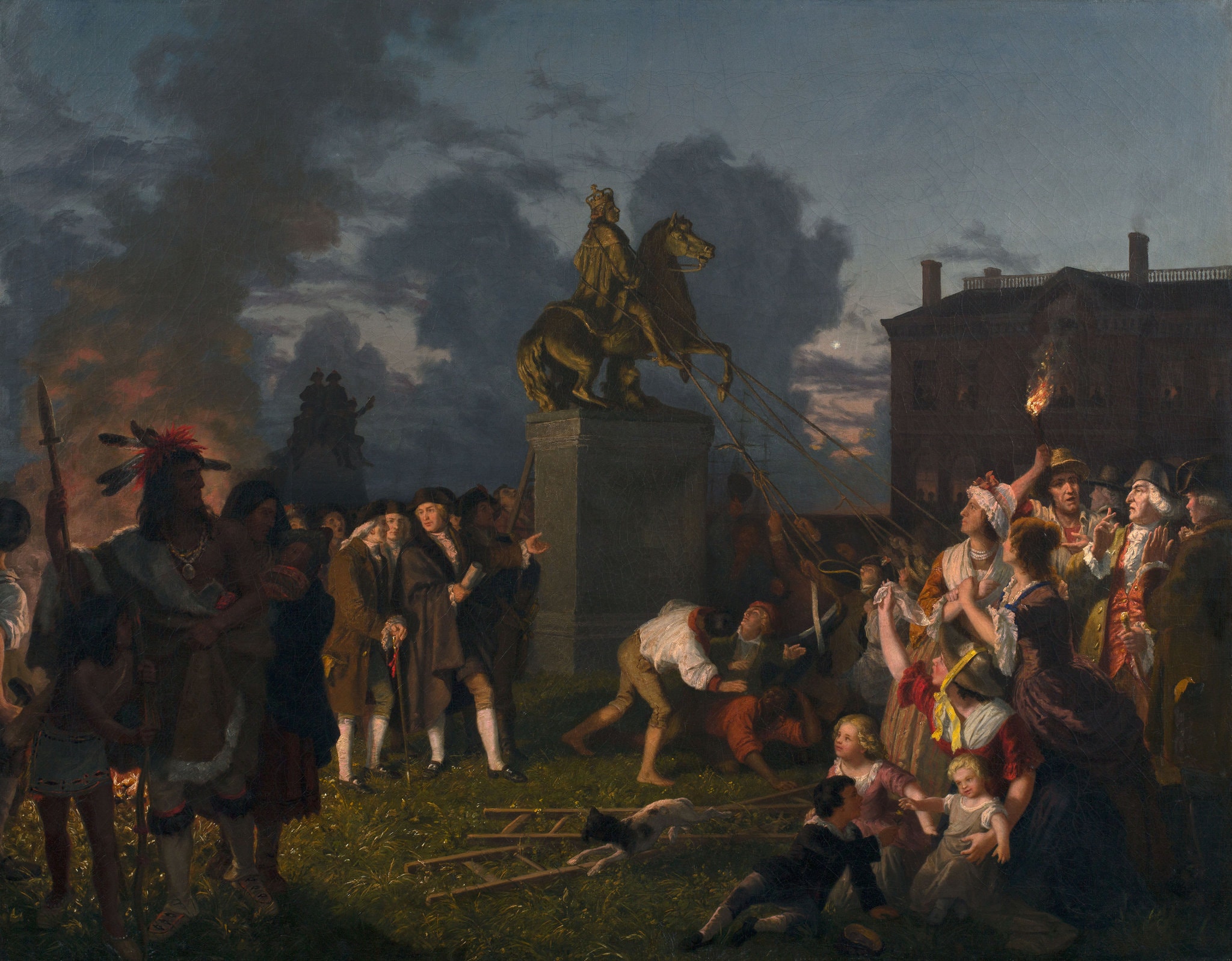
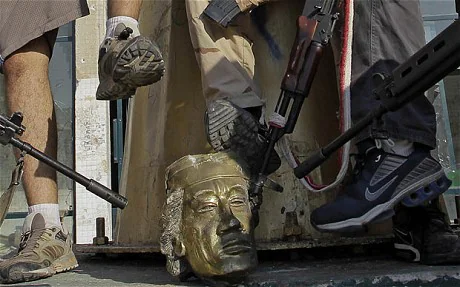
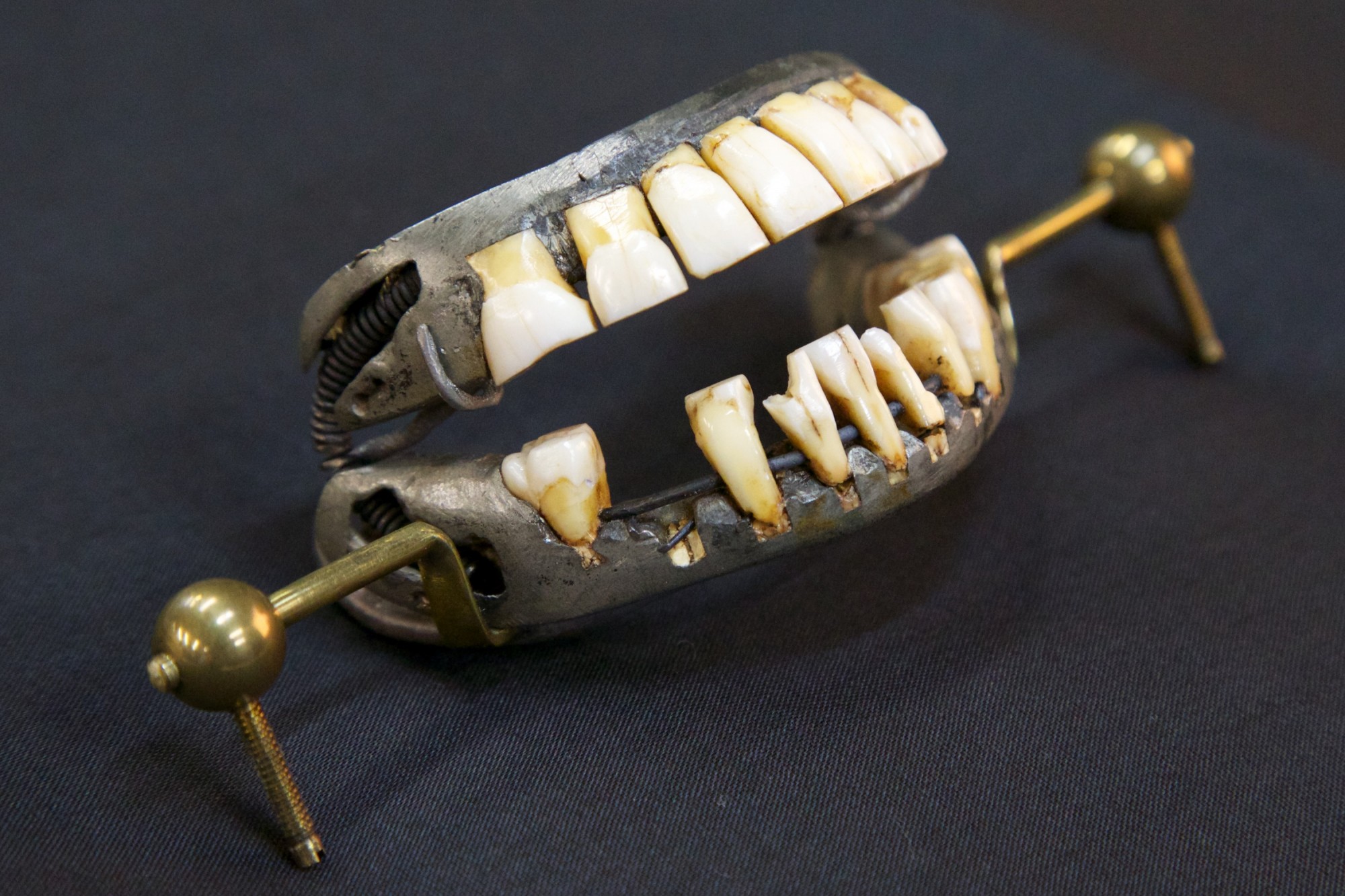
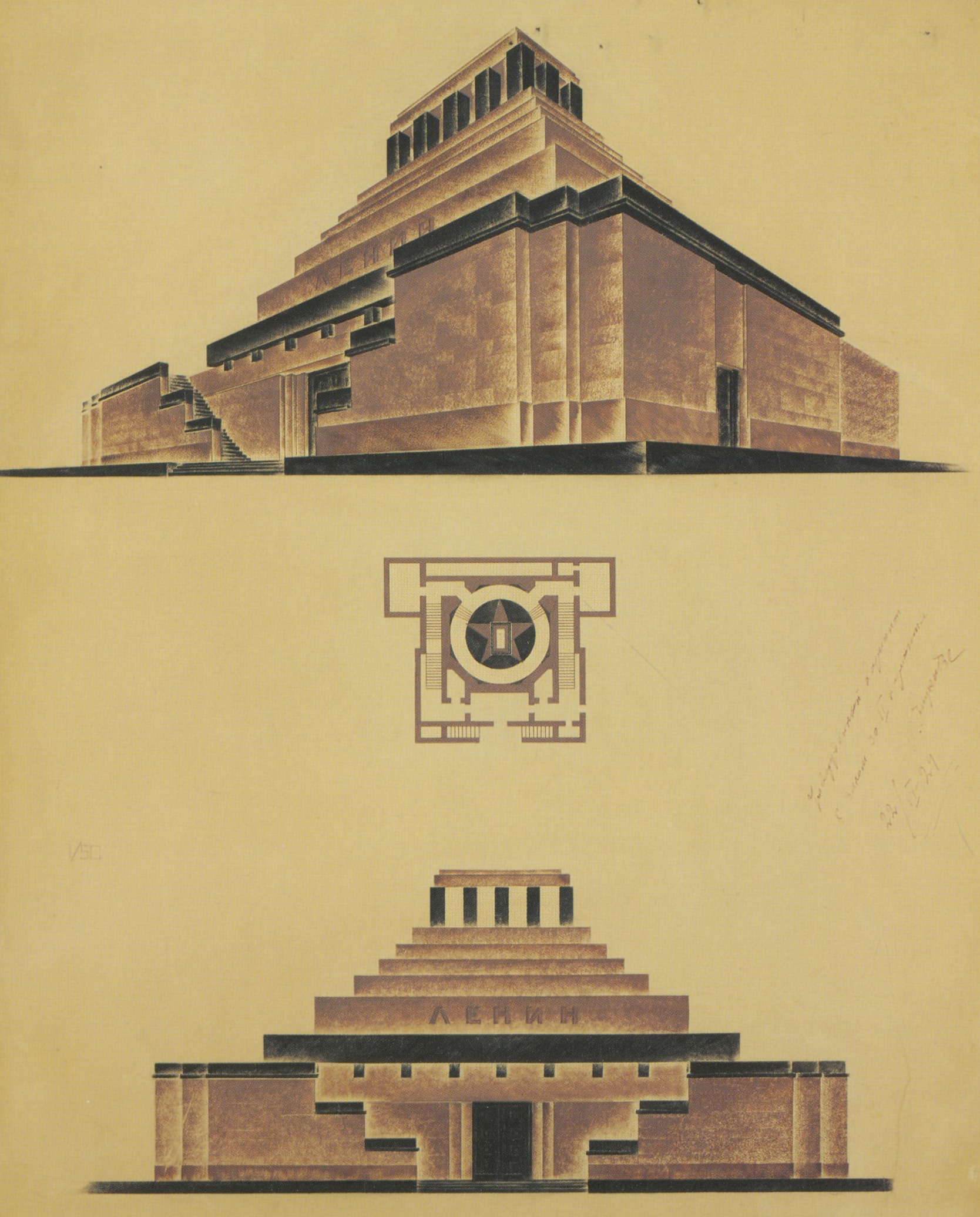
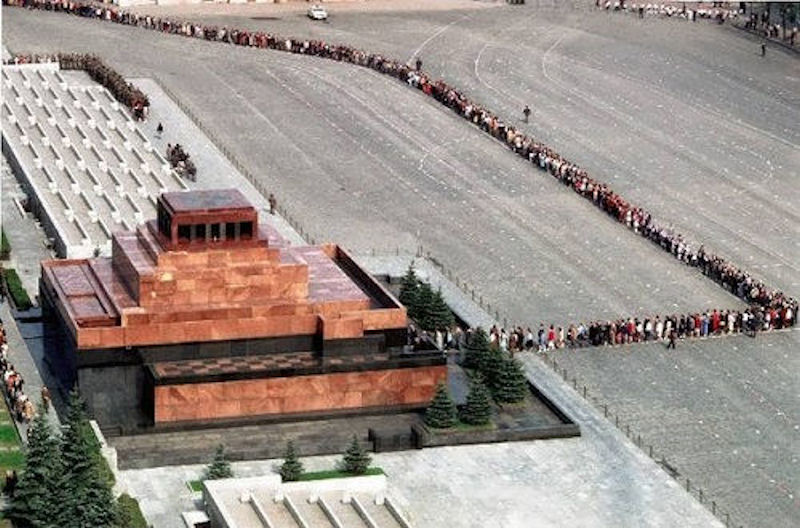
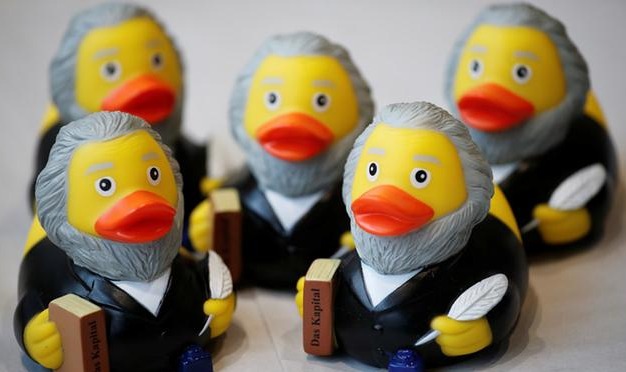

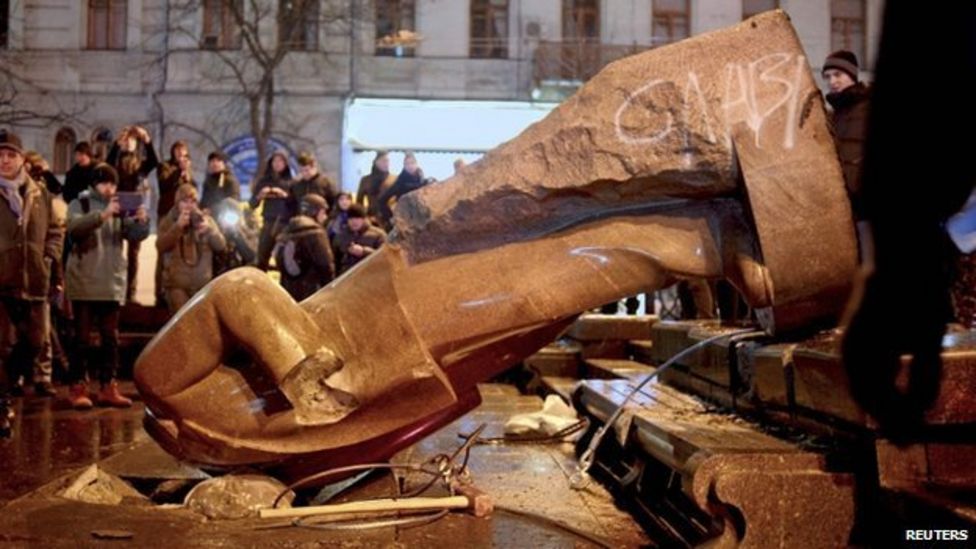
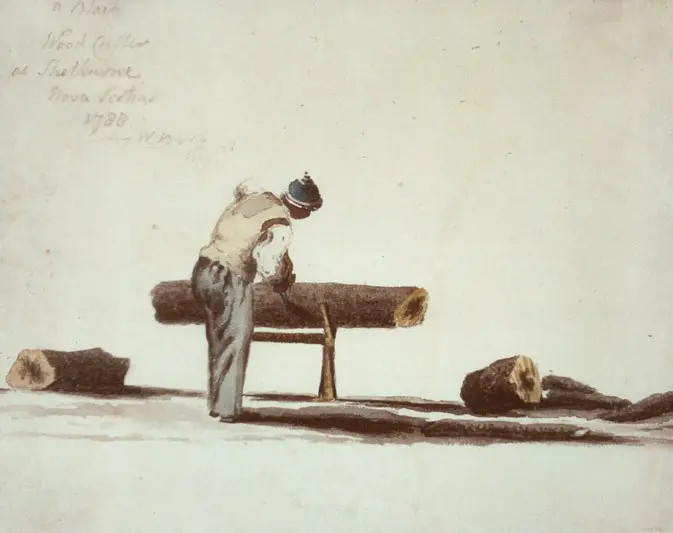
Black loyalists were former slaves that during the american revolution sided with the British in order to gain their freedom. Click on the photo above to visit a repository of historical data about the African American loyalist refugees who left New York between April and November 1783 and whose names are recorded in the Book of Negroes.
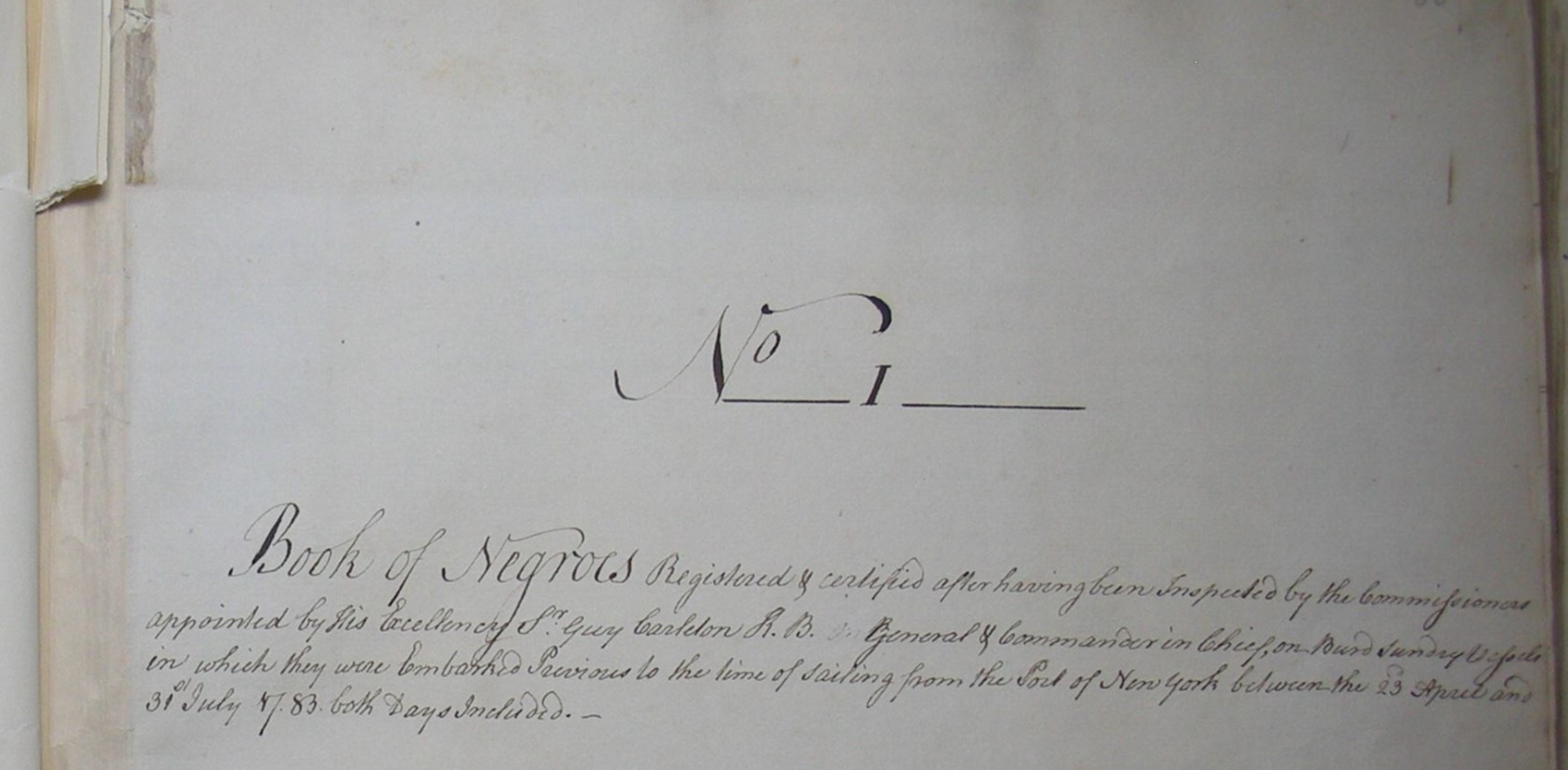
In the eighteenth century, black soldiers played a crucial role in the British military. During the American Revolutionary Wars (1776-1783), British commanders offered freedom to enslaved people willing to turn against their Patriot ‘masters’ and join the ‘Loyalist’ army. Many thousands of the enslaved took the offer up, risking their lives for their chance for freedom. Boston King (c.1760-1802) was one of these ‘black Loyalists’. His autobiography is one of only a handful of accounts of the The ‘Memoirs of the Life of Boston King’ were published in instalments in The Methodist Magazine in 1798. His travels brought him into contact with many of the great upheavals of the eighteenth century. Slavery, revolution, migration, colonialism, and evangelicalism were only a few of the major themes illuminated by his fascinating and complex life story.

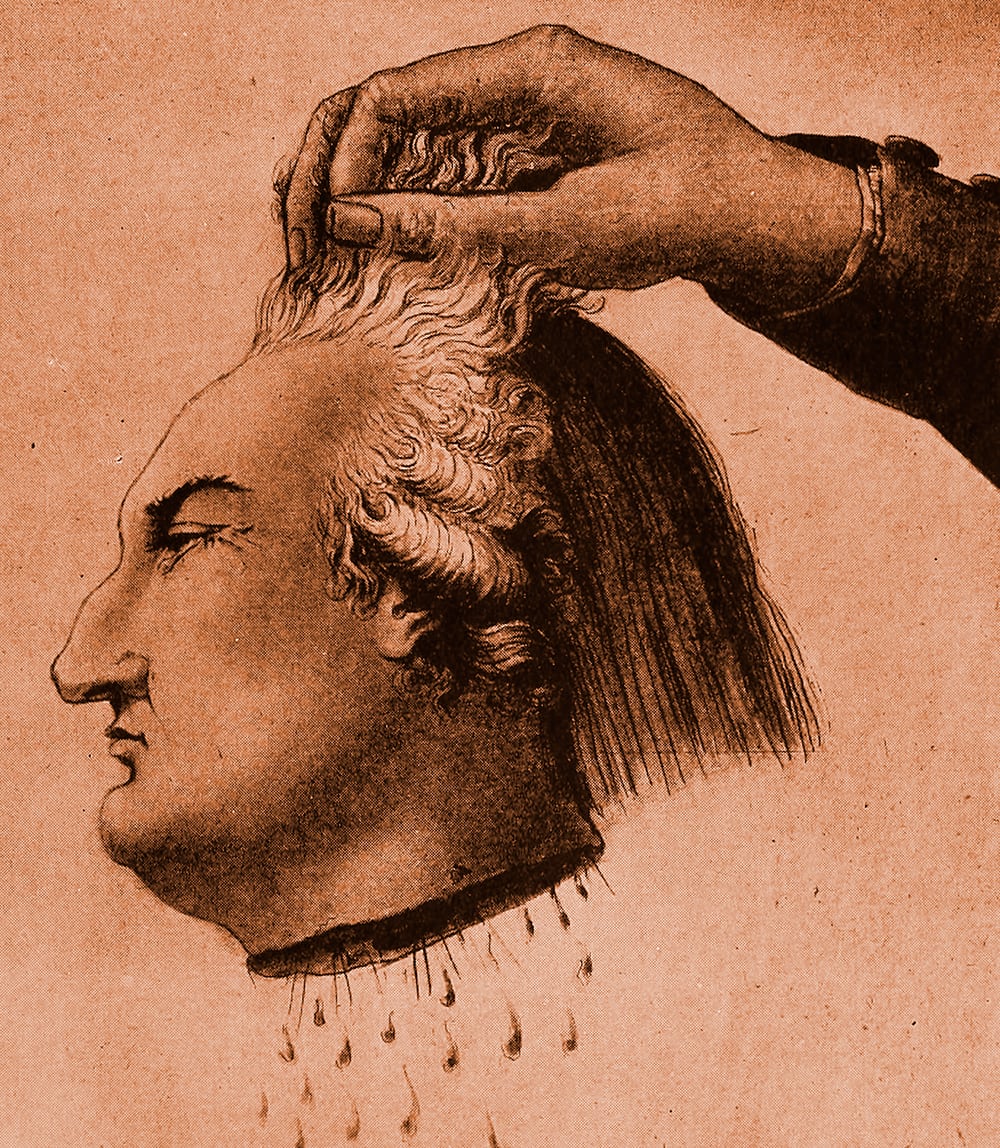
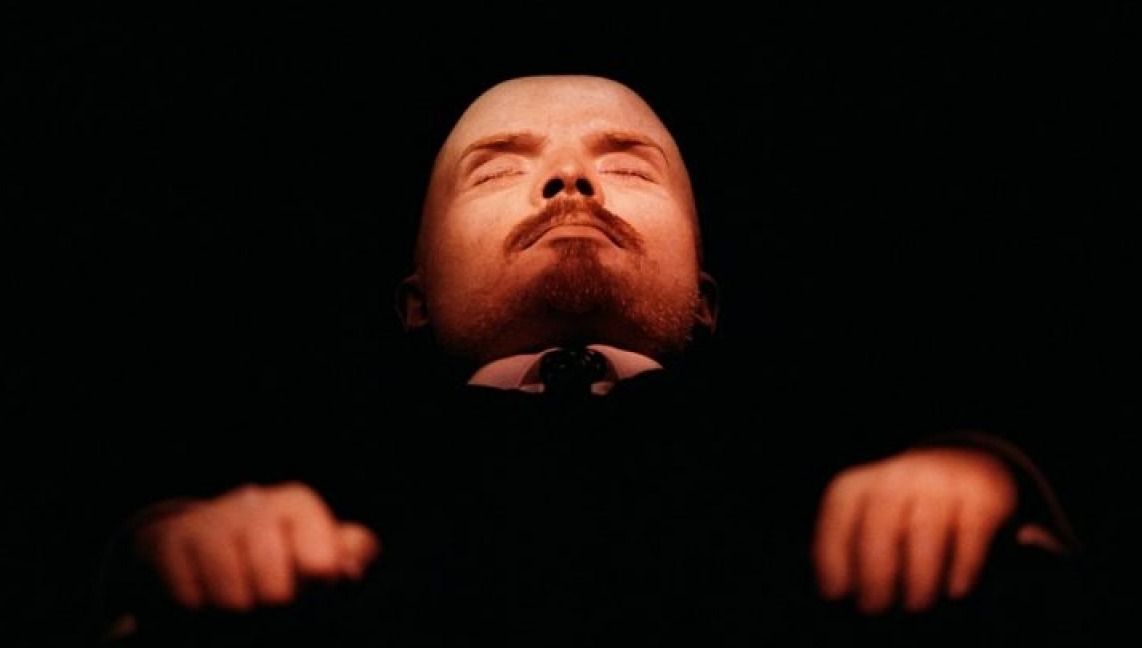
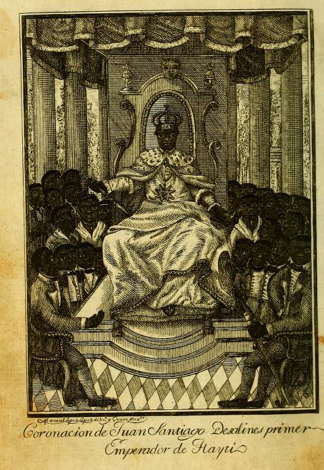

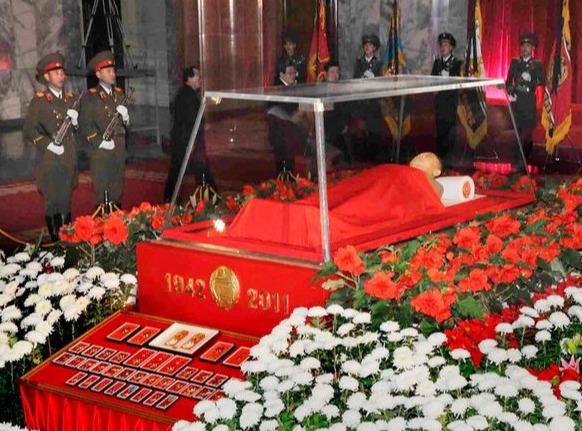
- Don’t go with a freezer. That was the original plan for Lenin, but his body began to deteriorate before it could be built. But do pay attention to temperature: Lenin’s glass sarcophagus is kept at 61 degrees Fahrenheit (16° C) with a humidity between 80% and 90%.
- Keep your leader’s skin looking good with bleach, which prevents fungus and mold, and filtered lighting, which gives Lenin a warm glow.
It’s important to keep the body moisturised. Lenin gets a complete once-over every week.
- But sometimes, more extreme measures are necessary: Every 18 months, Lenin gets a 30-day bath of glycerol and potassium acetate, which moisturises the skin and gives him a more lifelike appearance.
- When in doubt, put a call into a laboratory in Moscow known as Medical Biological Technologies, which manages Lenin’s body. “Created with Soviet government funds, it has fallen on hard times since the collapse of the Soviet Union and now relies on private donations,” reported the Globe and Mail last year. They’d probably be thrilled to have a new client.

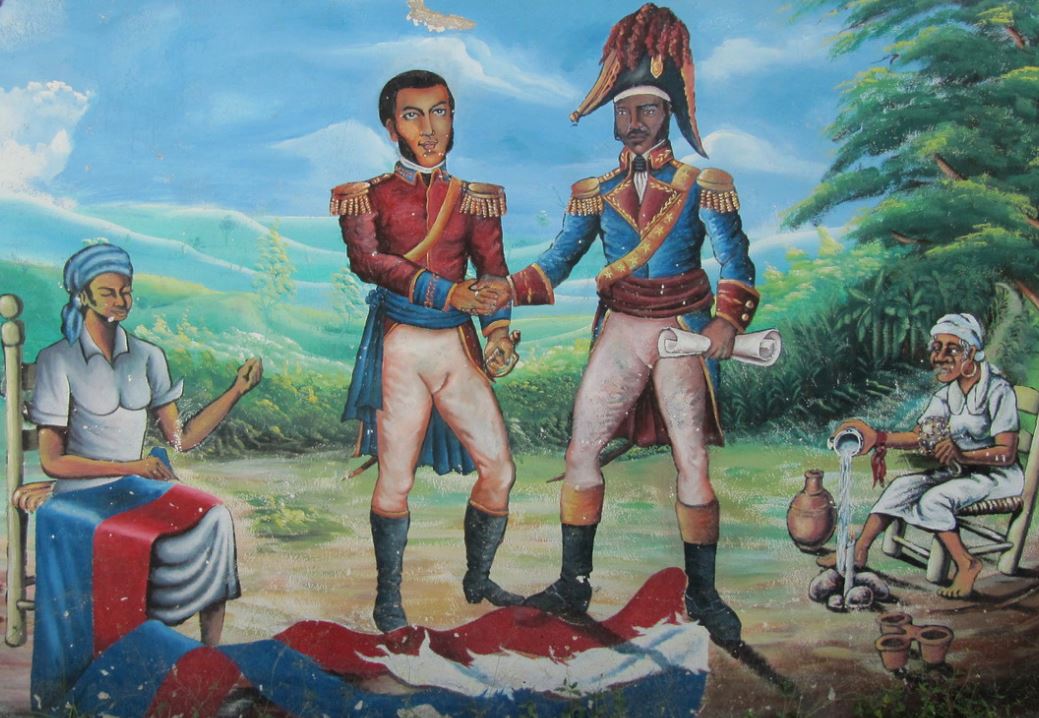

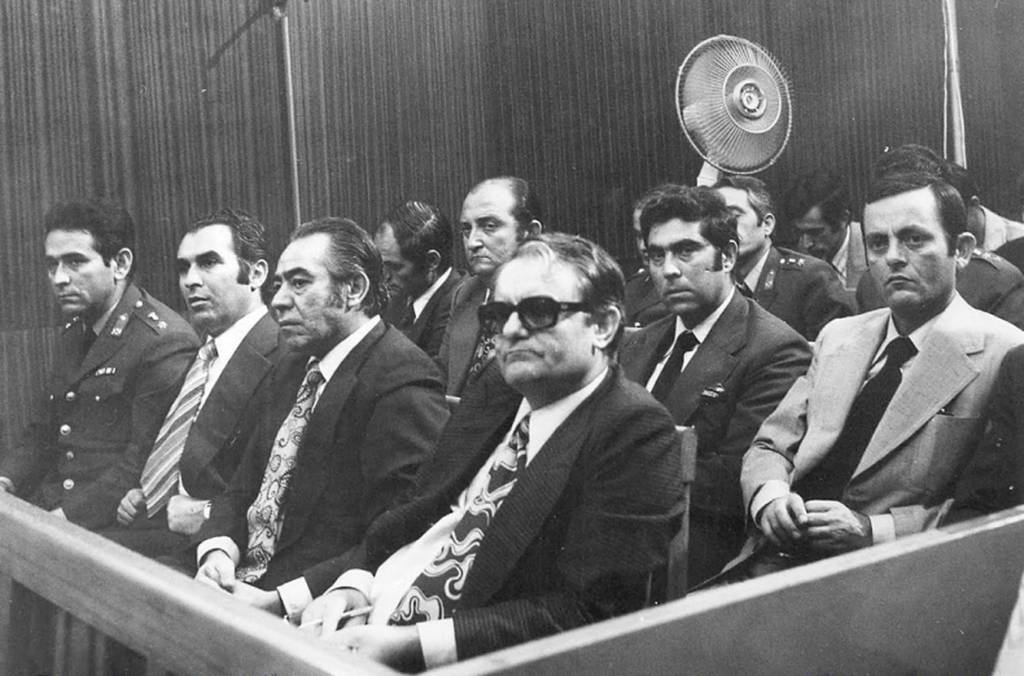

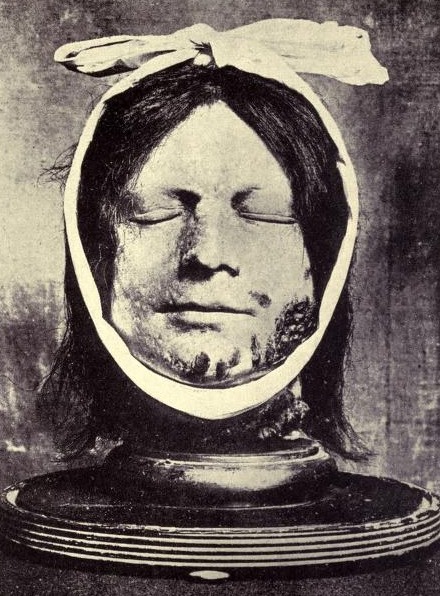
[...] a failed assassination attempt resulted in a shattered jaw from a misfired gun. At the guillotine the executioner ripped off the bandage holding his jaw together. When he died the people applauded for 15 minutes straight [...]
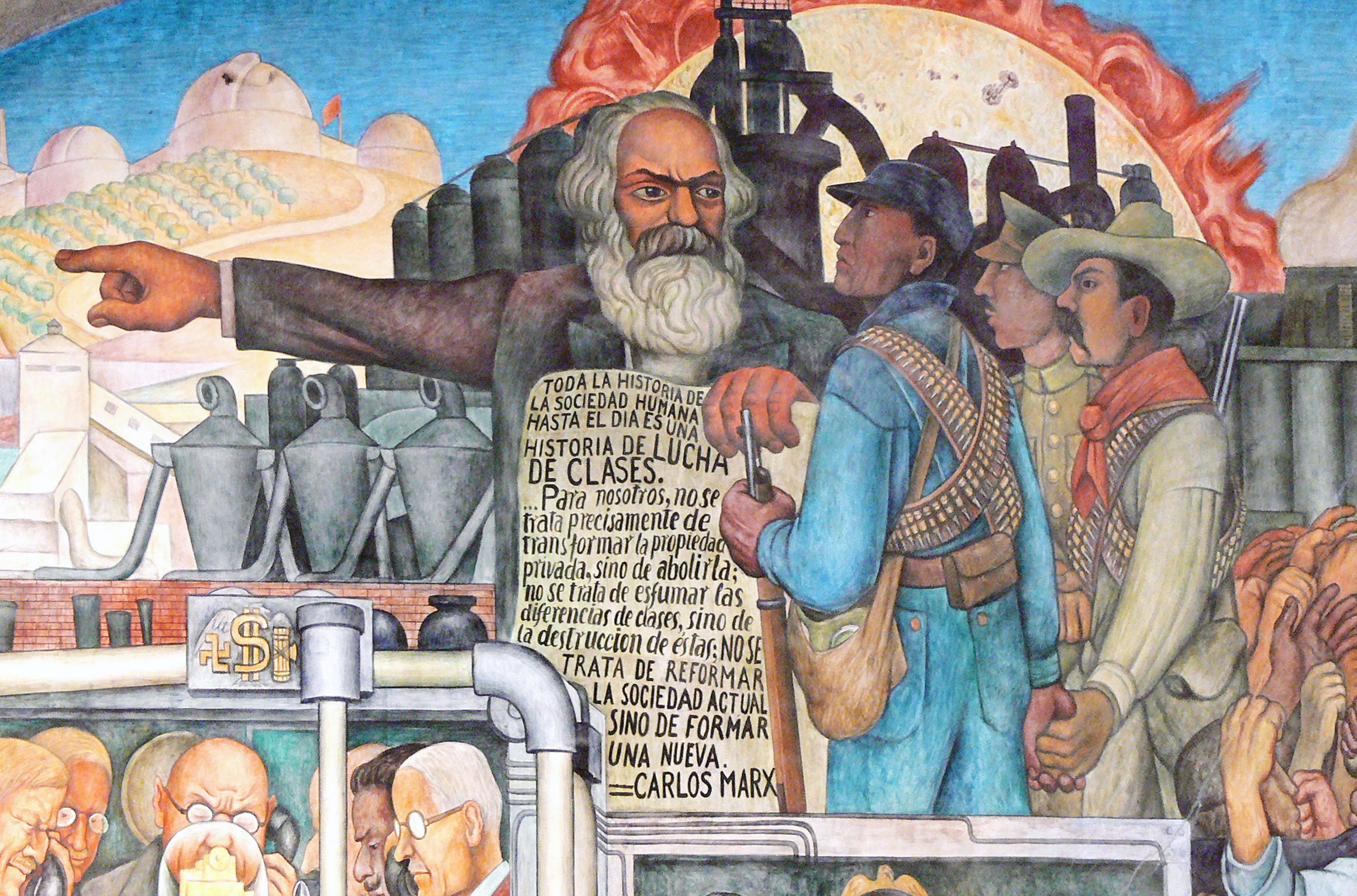

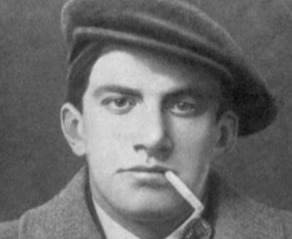
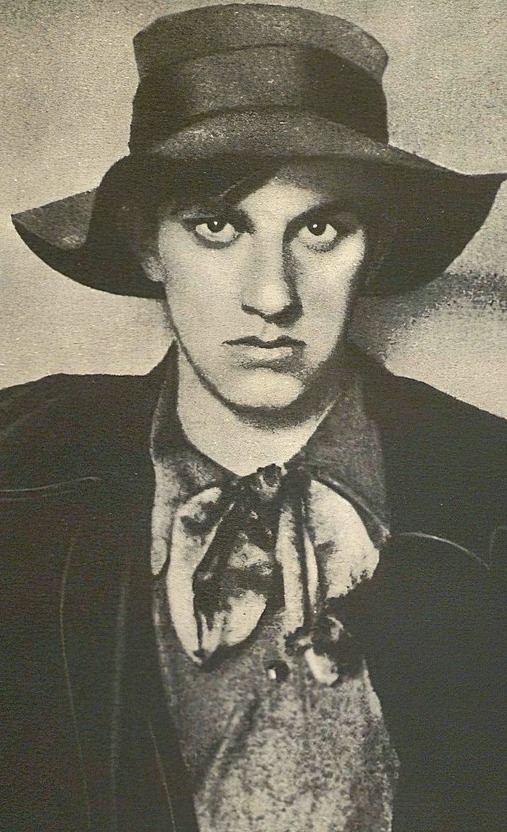
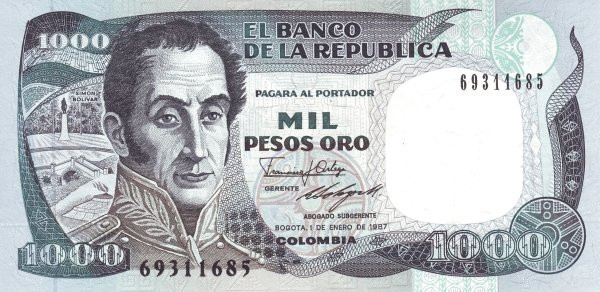

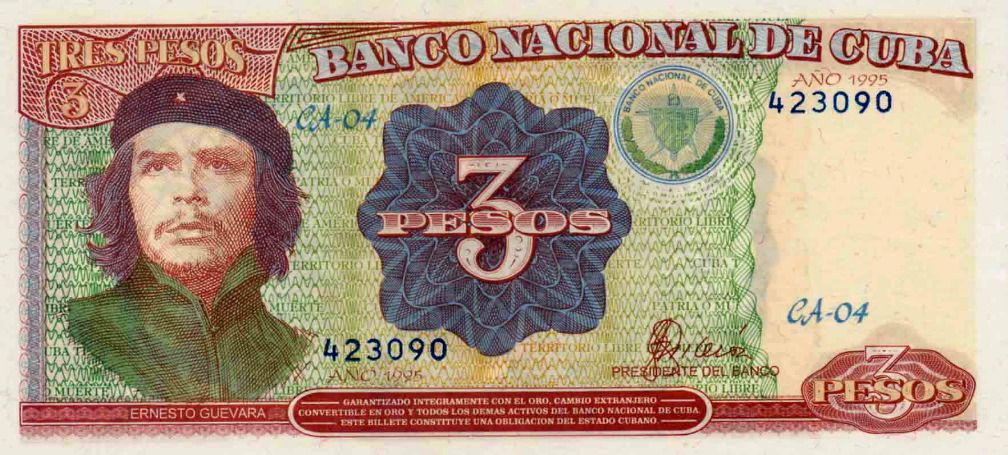
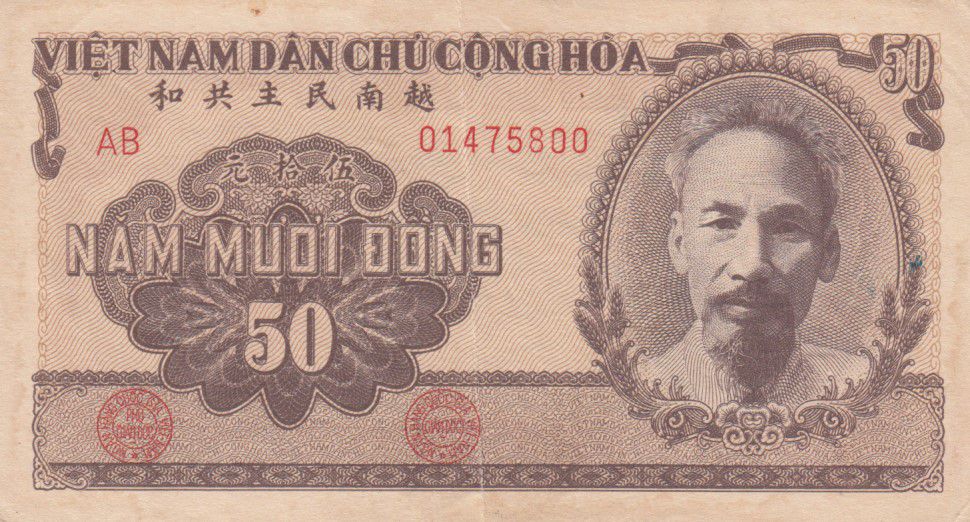

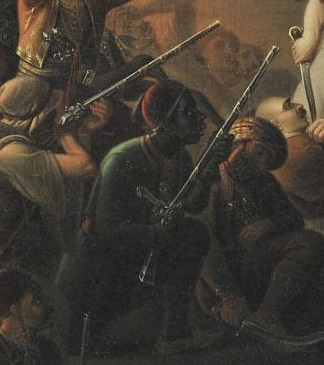
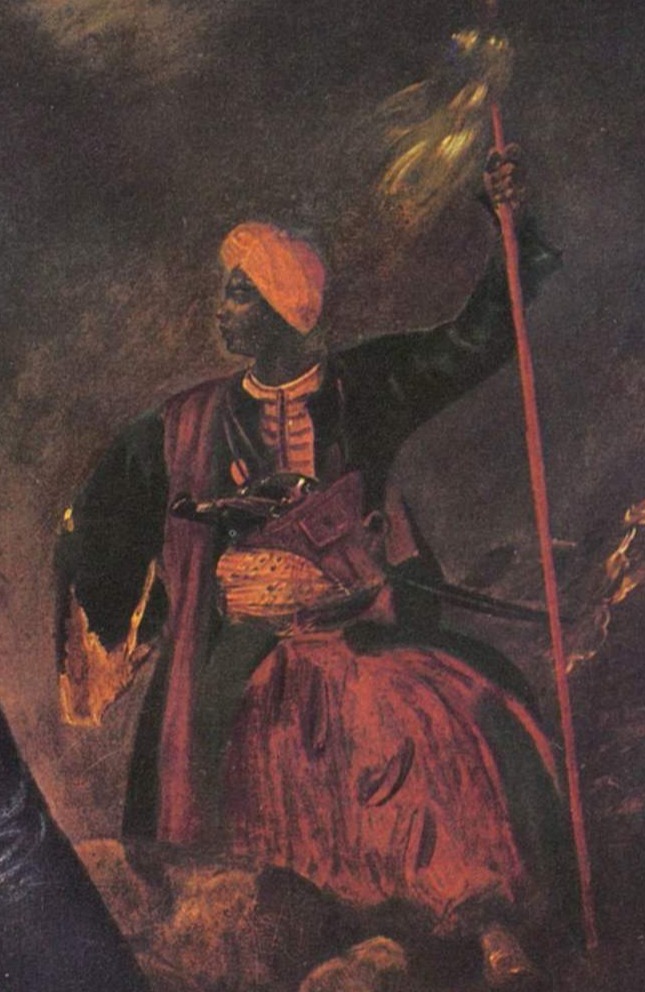
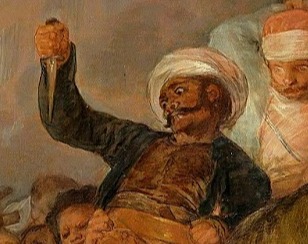

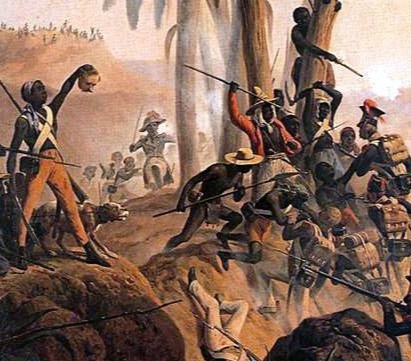
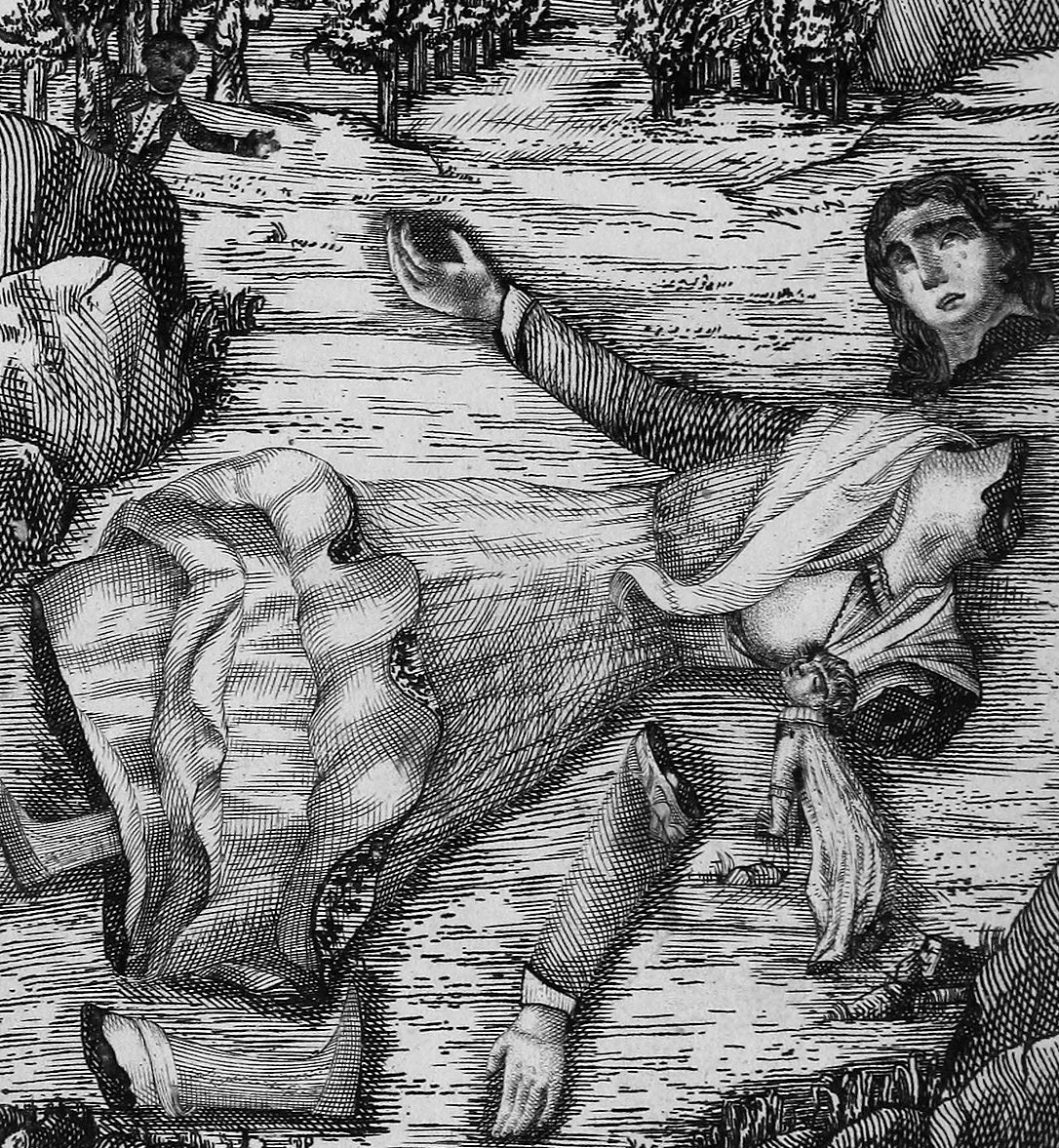
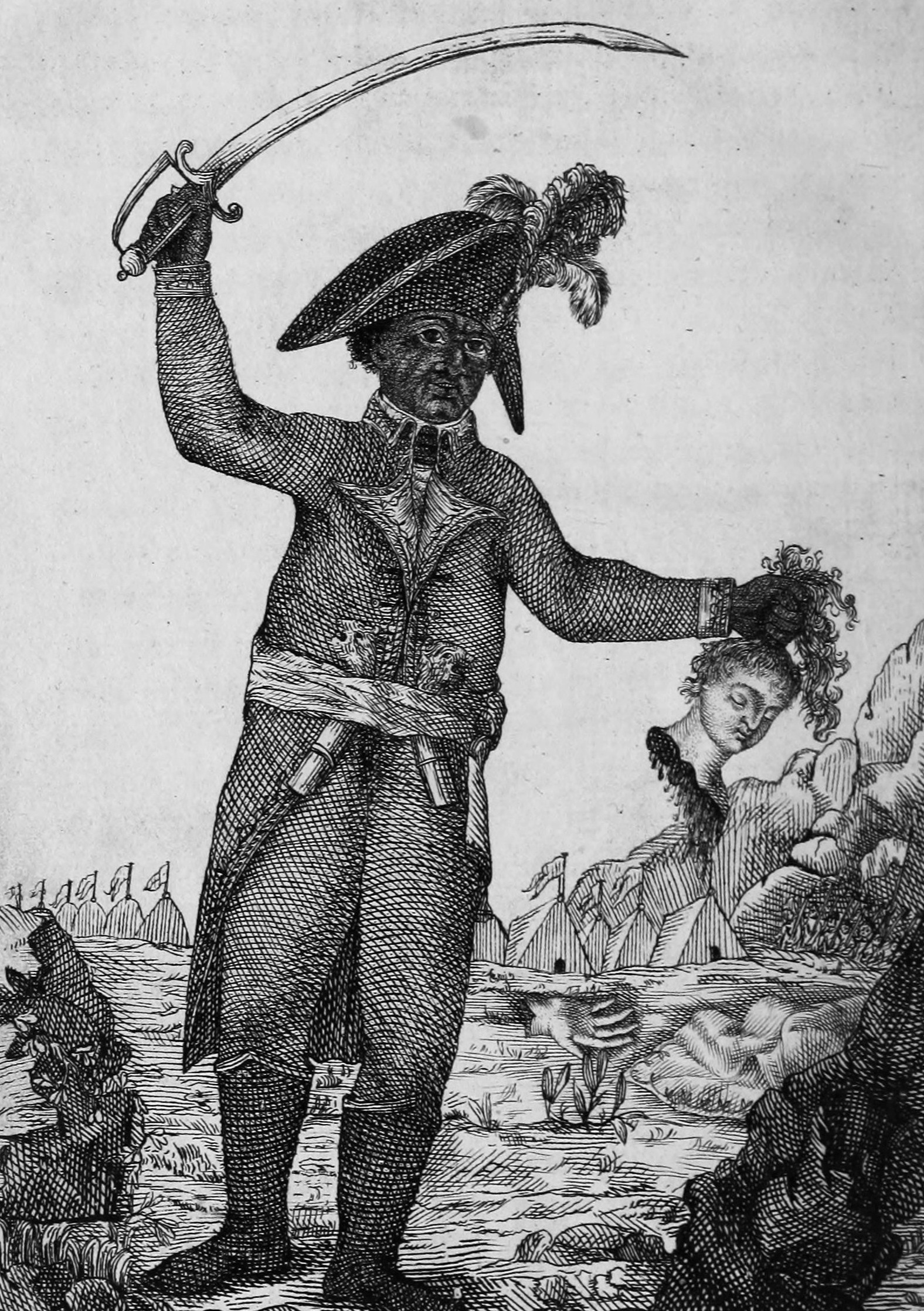

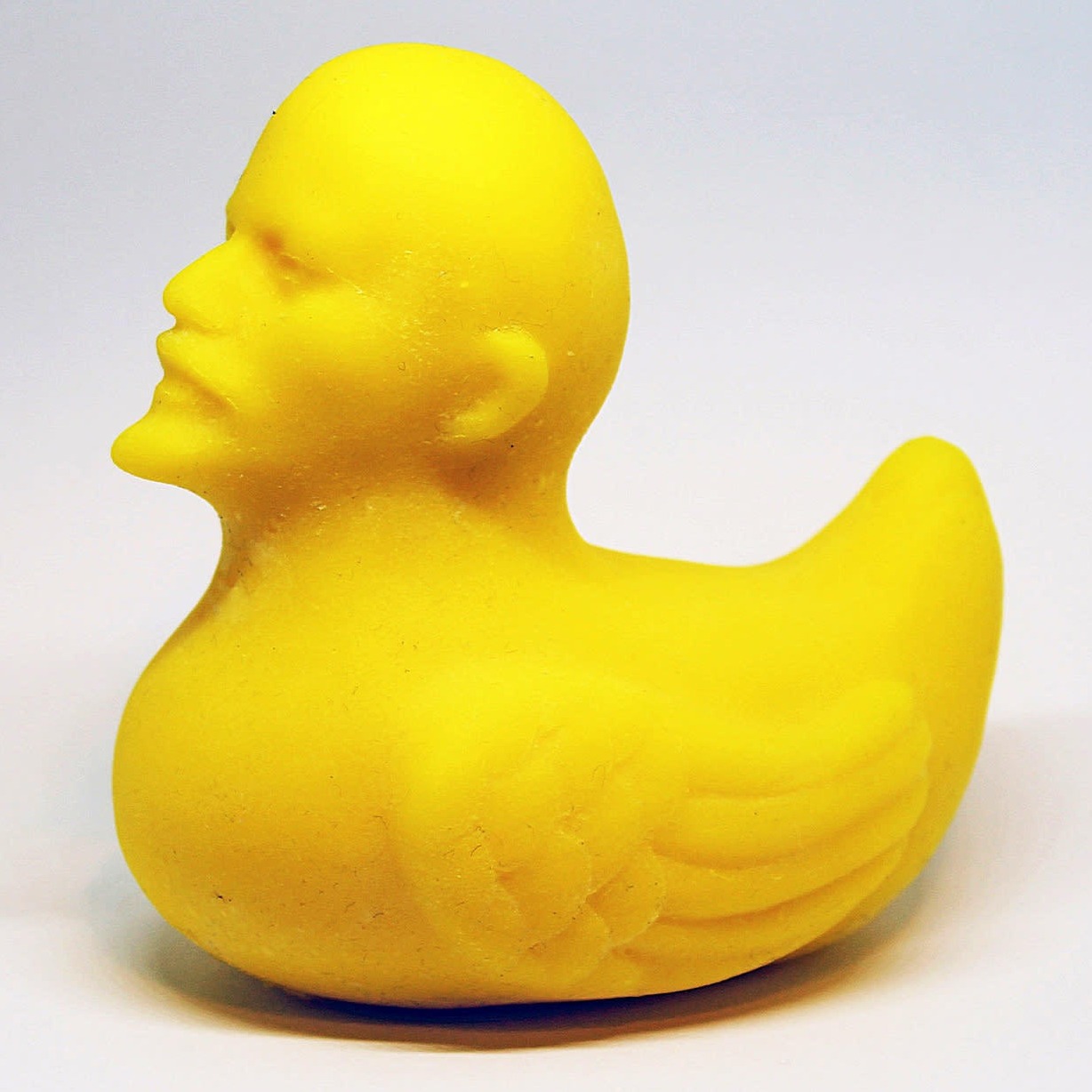
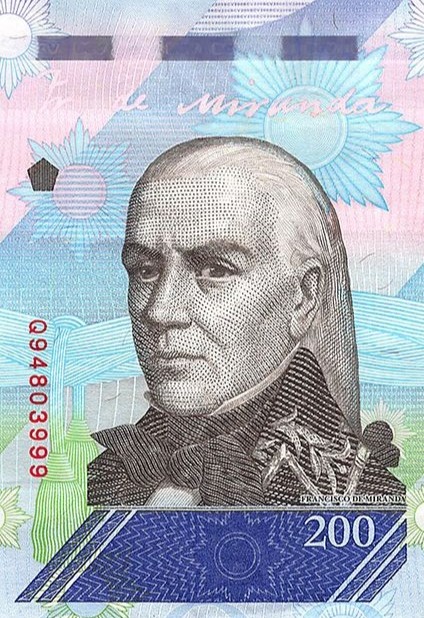


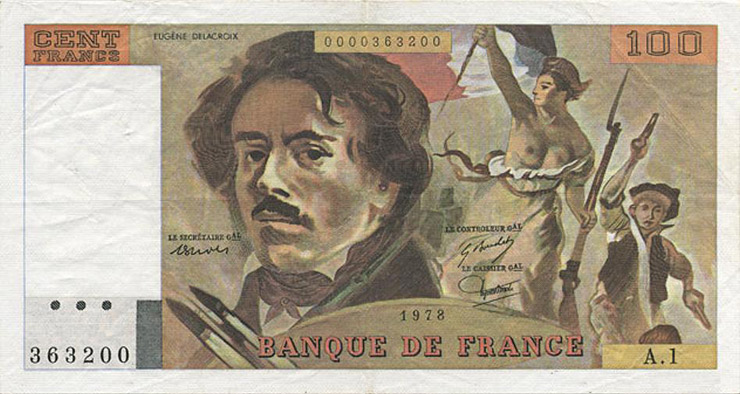

“Revolutionary martyrs are precious spiritual treasures that have inspired us to continuously march forward.”

